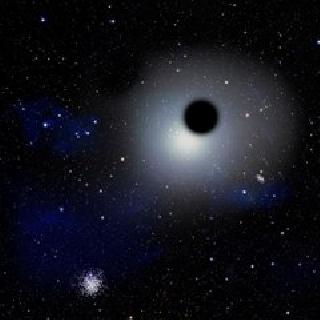
WASHINGTON (PTI): NASA's Swift satellite has found evidence of the presence of a previously unknown stellar-mass black hole in our Milky Way galaxy.
Named Swift J1745-26 after the coordinates of its sky position, the nova is located a few degrees from the centre of our galaxy towards the constellation Sagittarius, NASA said.
While astronomers do not know its precise distance, they think the object resides about 20,000 to 30,000 light-years away in the galaxy's inner region.
The satellite detected a rising tide of high-energy X-rays from a source toward the centre of Milky Way and the outburst, produced by a rare X-ray nova, announced the presence of the black hole.
"Bright X-ray novae are so rare that they're essentially once-a-mission events and this is the first one Swift has seen," said Neil Gehrels, the mission's principal investigator, at NASA's Goddard Space Flight Center.
"This is really something we've been waiting for," Gehrels said.
An X-ray nova is a short-lived X-ray source that appears suddenly, reaches its emission peak in a few days and then fades out over a period of months.
The outburst arises when a torrent of stored gas suddenly rushes toward one of the most compact objects known, either a neutron star or a black hole.
Ground-based observatories detected infrared and radio emissions, but thick clouds of obscuring dust have prevented astronomers from catching Swift J1745-26 in visible light.
"The pattern we're seeing is observed in X-ray novae where the central object is a black hole. Once the X-rays fade away, we hope to measure its mass and confirm its black hole status," said Boris Sbarufatti, an astrophysicist at Brera Observatory in Milan, Italy.
The black hole must be a member of a low-mass X-ray binary (LMXB) system, which includes a normal, Sun-like star. A stream of gas flows from the normal star and enters into a storage disk around the black hole.
In most LMXBs, the gas in the disk spirals inward, heats up as it heads toward the black hole, and produces a steady stream of X-rays.
 Next Article
Next Article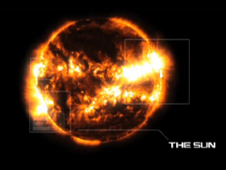
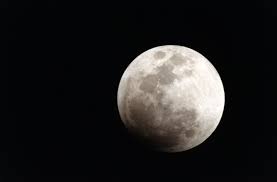
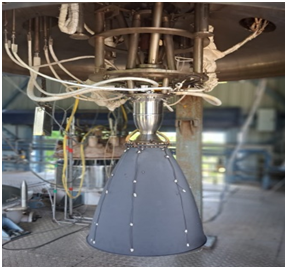
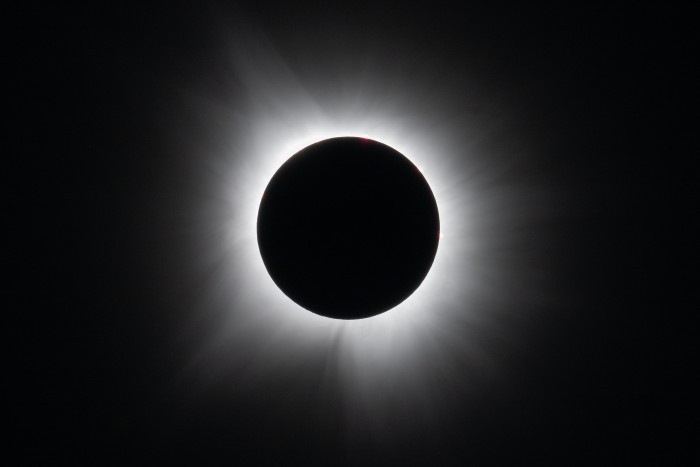







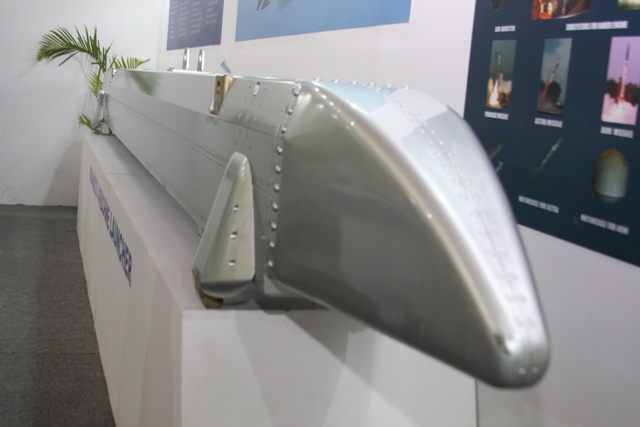


The Indian Air Force, in its flight trials evaluation report submitted before the Defence Ministry l..
view articleAn insight into the Medium Multi-Role Combat Aircraft competition...
view articleSky enthusiasts can now spot the International Space Station (ISS) commanded by Indian-American astr..
view article